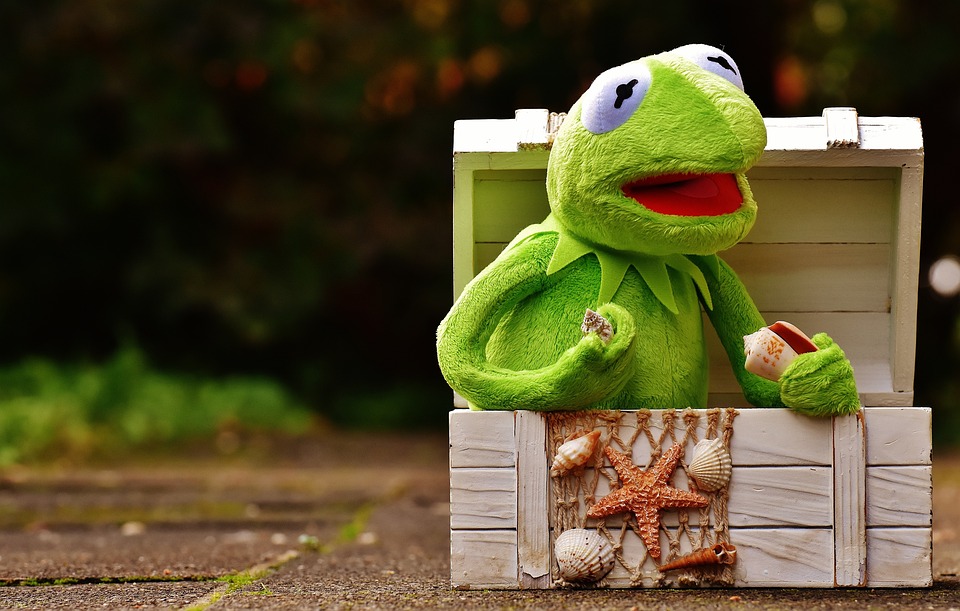Setting up a fish tank involves numerous considerations, one of the most important being the health and well-being of your aquatic pets. One aspect that plays a crucial role in this is the substrate, the material that lines the bottom of the tank. Opting for a disease-resistant substrate can help create a healthy environment for your fish, minimizing the risk of infections and diseases. In this article, we will explore different substrate options and provide insights on choosing the best one for your fish tank.
Understanding Substrate and Its Importance
Substrate refers to the material that covers the bottom of the fish tank. It serves several purposes, including providing a surface for beneficial bacteria to colonize, anchoring live plants, and enhancing the overall aesthetics of the tank. Choosing the right substrate is essential for the health of your fish as it directly impacts water quality.
Different substrates have varying levels of porosity, which affects their ability to harbor bacteria. Disease-resistant substrates are designed to minimize the growth of harmful bacteria, reducing the risk of infections and diseases in your fish.
Types of Disease-Resistant Substrates
1. Gravel: Gravel is a popular choice for fish tanks due to its versatility and availability in various colors and sizes. It provides a good surface area for beneficial bacteria to thrive. However, larger gravel can trap debris, making it harder to clean.
2. Sand: Sand is an excellent choice for fish that prefer to burrow, such as cichlids and catfish. It is easy to clean and maintains water clarity. However, sand can compact over time, leading to anaerobic pockets that produce harmful gases.
3. Clay-based Substrates: Clay-based substrates, such as laterite, are ideal for planted tanks. They provide essential nutrients for plant growth and help maintain water stability. However, clay substrates can cloud the water initially and may require frequent water changes.
4. Crushed Coral: Crushed coral is commonly used in saltwater tanks to maintain pH levels. It slowly releases calcium and carbonate ions, promoting a stable alkaline environment. However, it may not be suitable for all fish species and can raise pH levels excessively.
5. Glass Beads: Glass beads are a popular choice for aesthetic purposes. They are easy to clean and do not alter water chemistry. However, they offer minimal surface area for beneficial bacteria, so additional filtration may be necessary.
Factors to Consider When Choosing Disease-Resistant Substrates
When selecting a disease-resistant substrate, consider the following factors:
1. Fish species and natural habitat: Different fish species have specific substrate preferences based on their natural habitat. Research the natural habitat of your fish and choose a substrate that mimics it as closely as possible.
2. Water parameters: Some substrates can affect water chemistry, such as pH and hardness. Ensure the chosen substrate is compatible with your desired water parameters.
3. Compatibility with live plants: If you plan to have live plants in your tank, consider substrates that provide essential nutrients and support plant growth.
4. Ease of maintenance and cleaning: Choose a substrate that is easy to clean and maintain. Some substrates require frequent vacuuming to remove debris and prevent the buildup of harmful gases.
5. Aesthetics and personal preferences: Select a substrate that matches your desired tank aesthetics and personal preferences. Remember that a visually appealing tank can enhance your overall enjoyment.
Frequently Asked Questions (FAQs)
1. Can disease-resistant substrates completely prevent fish diseases?
While disease-resistant substrates can minimize the risk of infections and diseases, they cannot guarantee complete prevention. Proper tank maintenance, regular water changes, and a balanced diet are also essential for fish health.
2. How often should I clean the substrate?
Regular substrate cleaning should be part of your tank maintenance routine. The frequency depends on the substrate type and the number of fish in the tank. As a general guideline, aim to clean the substrate once every two to four weeks.
3. Is it necessary to sterilize the substrate before use?
It is not necessary to sterilize the substrate before use. Rinsing it thoroughly under running water is usually sufficient. Sterilizing the substrate can kill beneficial bacteria and disrupt the tank’s ecosystem.
4. Can I mix different substrates together?
Mixing different substrates is possible but requires careful consideration. Ensure the substrates have similar properties and are compatible with the needs of your fish and plants.
5. Can I reuse the substrate from an old fish tank?
Reusing substrate from an old fish tank is possible as long as it is in good condition and free from contaminants. Thoroughly rinse the substrate before reuse to remove any accumulated debris.
Conclusion
Choosing the right disease-resistant substrate for your fish tank is crucial for maintaining the health and well-being of your fish. By considering factors such as fish species, water parameters, and personal preferences, you can create an optimal habitat that minimizes the risk of diseases and infections. Remember to carry out regular maintenance and keep water quality in check to ensure your fish thrive in their environment.









